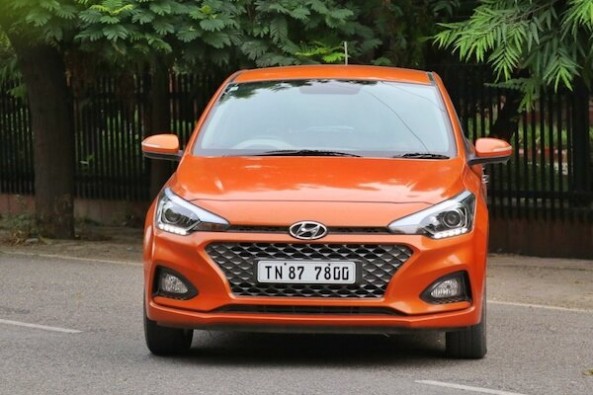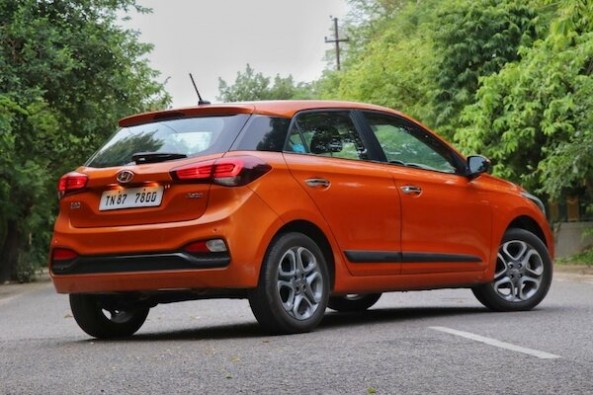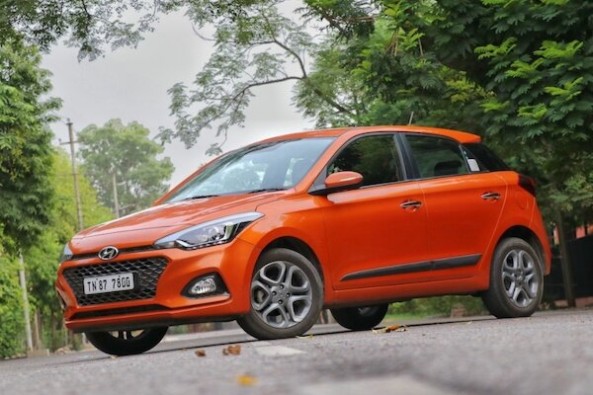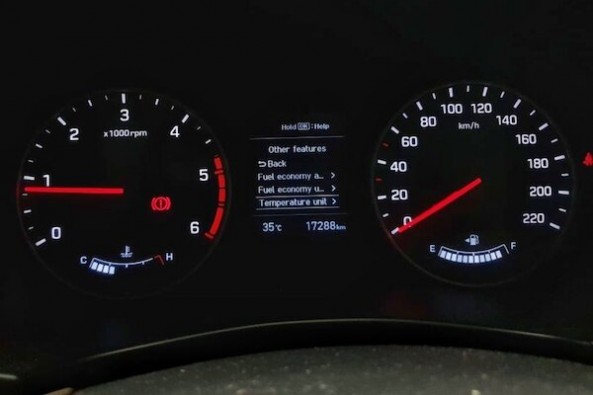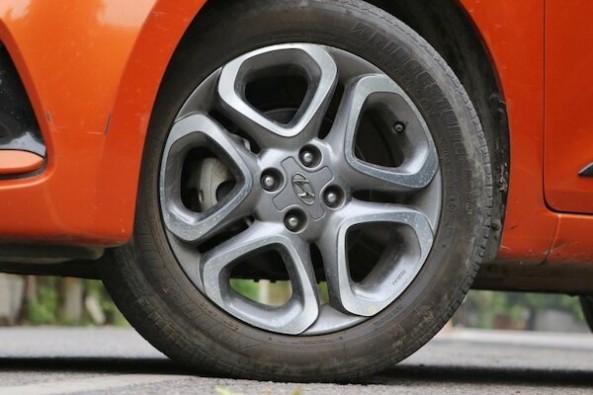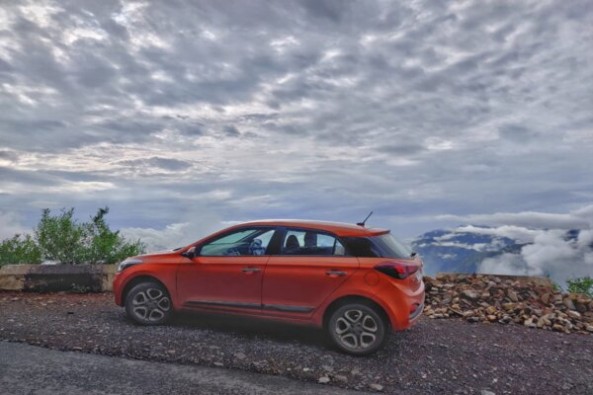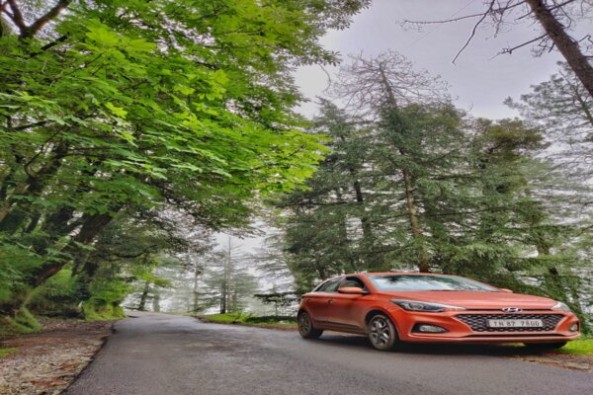The i20 is Hyundai’s largest selling car in India and why not. It offers a mix of everything that a typical buyer in the segment looks for in a premium hatchback. Over the years, the company has been making subtle but meaningful additions to keep the value quotient high. No wonder then, we decided to live with the i20 for a duration of three months to find out what makes it so popular in the Rs 6-9 lakh bracket.
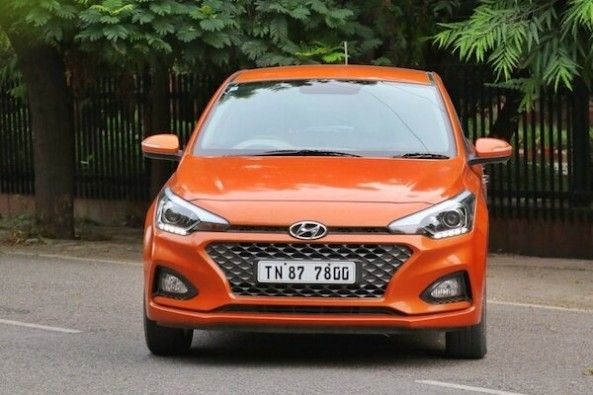
Before we start, do have a look at our long-term experiences with our cars. These include the Tata Nexon, the Ford EcoSport Diesel, and the Maruti Ertiga Diesel. The i20 came to us on 25th June and has 17,288 km on the odometer. This is the top spec Asta (O) or Asta Optional version with the 1.4 diesel under the hood. Interestingly, Hyundai sent us the media car in a shade of Passion Orange that does stand out in a crowd of other cars on the road.
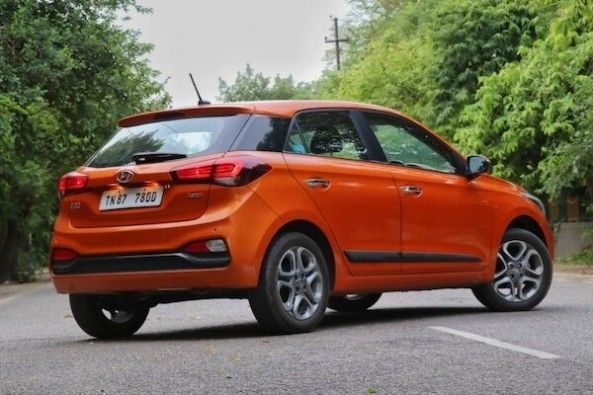
The i20 has always been a classy looking premium hatchback from the day of its launch over a decade back. The latest iteration is called the Elite i20 and the prefix gives enough hints of the experience this hatchback has to offer. For example, on the outside, the talking point is the alloy wheel design. The 15-inch wheels look bling but do note these are available on the top spec trim only. The i20 remains a low-slung car which means getting in and out isn’t that easy.

However, once inside, you will start appreciating the cabin quality. The i20 easily triumphs the Baleno when it comes to fit and finish levels. Plus, space on offers means five adults can be here without feeling too close for discomfort. On occasions, we have taken the car for a Friday outing with our friends and were amazed with the space at the back. This also brings us to the boot that has a capacity of 285 liters which isn’t as much as its rivals.
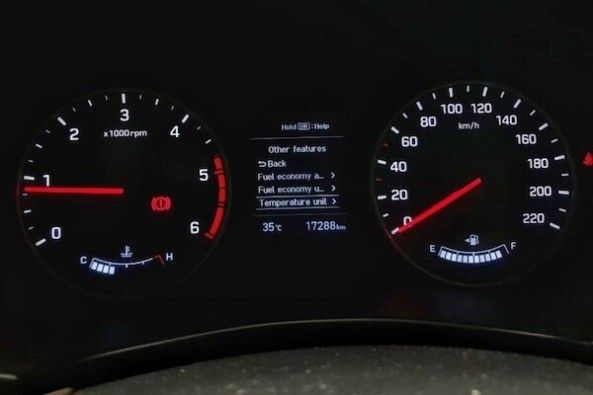
Features wise, the i20 has impressed us. And we mean the useful practical ones that make you daily routine so much better. These include the eco coating on the air-con’s coils that removes harmful bacteria, the adaptive guidelines during reverse park and steering that offers both tilt and telescopic adjustment. The last feature is very useful for drivers of various heights. That said, a sunroof is still missing from the lineup.
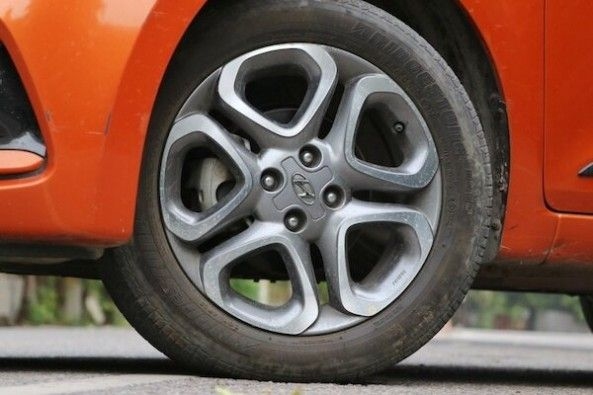
But we love the way the i20 drives. There are no major weight saving measures - it is heavier than the Jazz and the Baleno and this is apparent on the move. You get a reassuring ‘heavy’ feel in the i20 and it feels like a much heavier and larger car on the move. Likewise, NVH or noise, vibration and harshness levels are segment leading and it's hard to say if it's a diesel under the hood. The 1.4 diesel also impresses us with minimal turbo lag and this helps a lot while commuting to work in Delhi NCR’s notorious rush hour traffic.
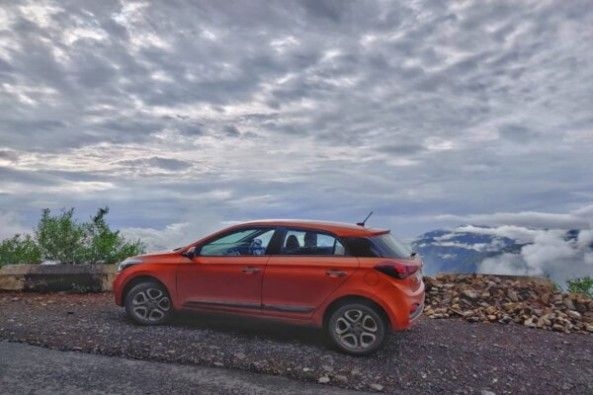
The i20 diesel, like its rivals, comes with a manual transmission. We have no grouses here as shift quality is excellent and given the torque and power on offer, we don’t to downshift much in traffic conditions. That said, given the weight of the car, we weren’t expecting it to be too frugal. But we were proved wrong - as seen in the image here, we are getting close to 20kmpl in NCR which has surprised us a lot. The tall 6th gear does come handy over 60-65 km/h we must add.
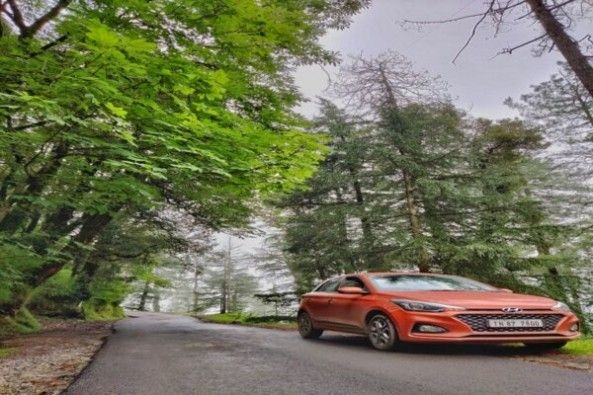
The i20 is sold in as many as 12 versions with prices starting at Rs 5.5 lakh for the base petrol model. There are dealer level discounts which further make this a good value buy. Our initial 3 weeks have been positive and the car joins us for a 600km weekend dash in a few days back. We will be updating the log next in the end of September once we complete three months with it. Stay tuned!
